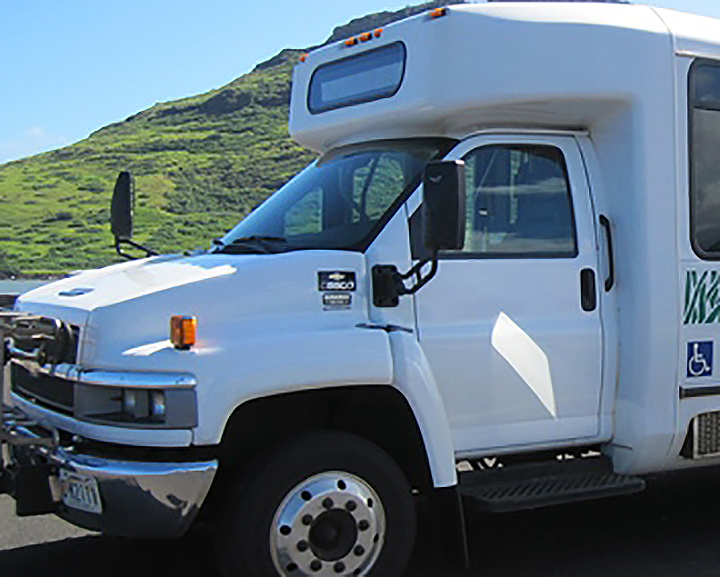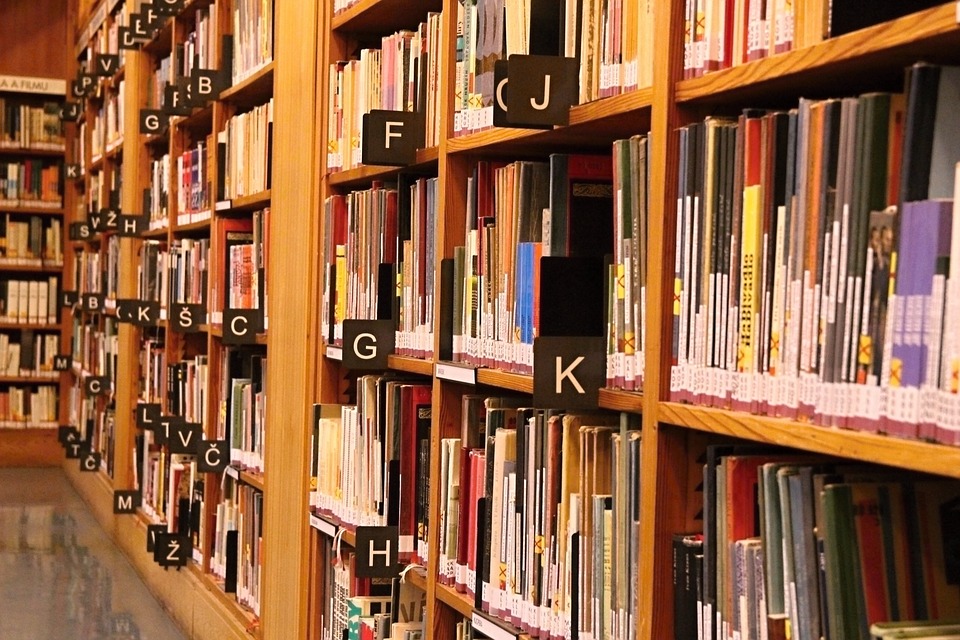
Conservation Experts to Red List Hawai‘i Plants
Statewide push to share status with global community
Conservationists statewide have banded together in an unprecedented collaboration to target over half of Hawai‘i’s native plants for the IUCN1 Red List of Threatened Species.
In August 2015, the Hawaiian Plant Specialist Group met on Kaua‘i for a workshop spearheaded by the National Tropical Botanical Garden (NTBG). The group is part of the larger IUCN Species Survival Commission, a science-based network of more than 10,000 experts from almost every country of the world. During five days of sessions, some two dozen attendees from State and Federal agencies, private institutions, gardens, and other individuals committed to escalate their efforts to red list 780 of the 1,375
native species.
“Botanists throughout Hawai‘i who have been working closely with native plants are targeting nearly 57% of the flora as the highest priority,” said Hawai‘i Red List Authority Maggie Sporck-Koehler. “A large number of targeted plants are rare, but we’re also working on listing plants that are important as part of wildlife habitat and some that are seriously threatened by disease.”
Recent new additions have already increased the number of Hawai‘i species on the list by nearly 35 percent.
Conservation authorities say that by placing species on the Red List, their visibility will be increased, which in turn raises awareness and opportunities for vital support. Although many in the conservation community already recognize Hawai‘i for its distinctive flora, NTBG’s Director and CEO Chipper Wichman stated that “the wealth and importance of Hawai‘i’s unique plant life needs to be more broadly understood in a global context to help ensure it won’t be lost to extinction. Red listing Hawaiian species is an important move to further document what we have and determine the current level of risk each faces.”
Approximately 90 percent of native flowering plant species are endemic to the islands, meaning they occur naturally nowhere else. The group behind the effort to increase Hawai‘i’s red-listed plants is assessing them by island or island groups, focusing first on ‘single island endemics’ — those species that occur on just one island.
Kaua‘i has the highest number of endemic species, in part because of its geologic age (it is the oldest high island); its many steep, isolated valleys; and its greater distance from other islands. Before the workshop, 91 Kaua‘i species were listed. Thus far, an additional 47 have been listed, with more submitted.
By September 2016, O‘ahu’s number of red-listed species is expected to increase from 88 to 147; Maui from 84 to 117, Lāna‘i from 40 to 50, Moloka‘i from 44 to 66, and Hawai‘i Island from 72 to 79.
Decades of data gathered by dozens of field biologists was needed to complete assessments for each plant. Assessments are partly based on a species’ population size, range, and severity of threats like loss of habitat and invasives.
“The partnership that is producing these assessments highlights the high level of local expertise and dedication of so many individuals to conserving Hawaiʻi’s native plants. These reports are a call for action to save some of the world’s most unique treasures by supporting conservation work across our state,” said Matt Keir, Executive Director of Laukahi: The Hawai‘i Plant Conservation Network.
Bringing together the information from conservationists has been an arduous one, but “well worth the effort,” said NTBG Conservation Biologist Seana Walsh. “Working together through the red-listing process allowed us to compile data and discuss new management ideas for species occurring on multiple islands and/or being managed by different agencies,” Walsh explained.
Unlike the Endangered Species Act, which is legally binding legislation restricted to the United States, the Red List defines a plant’s conservation status but does not prescribe specific actions to be taken to save it. Rather, the list can influence, inform, and guide species management and relevant legislation.
The Red List, a global assessment system that was established by the IUCN, includes seven categories ranging from “Least Concern” (most stable and abundant populations) to “Extinct in the wild” and “Extinct.” Currently more than 59,000 animals and other living creatures and over 20,000 plants — nearly 80,000 listings in all — are on the list. The IUCN aims to double that to 160,000 plant and animal species by 2020.
IUCN’s World Conservation Congress, the world’s largest conservation gathering, will be held in Honolulu from September 1-10, the first time the global forum has met in the United States. About 6,000 delegates are expected to attend to address the most pressing environmental issues of our time.
The following agencies, institutions, and organizations are involved in the effort to red list the Hawaiian flora:
Bishop Museum
Botany Department, University of Hawai‘i at Mānoa
Department of Land and Natural Resources, Division of Forestry and Wildlife
Laukahi: The Hawai‘i Plant Conservation Network
Harold L. Lyon Arboretum
National Tropical Botanical Garden
The Nature Conservancy
O‘ahu Army Natural Resources Program
Plant Extinction Prevention Program
U.S. Fish and Wildlife Service
1 International Union for the Conservation of Nature
Discover more from ForKauaiOnline
Subscribe to get the latest posts to your email.








Leave a Reply